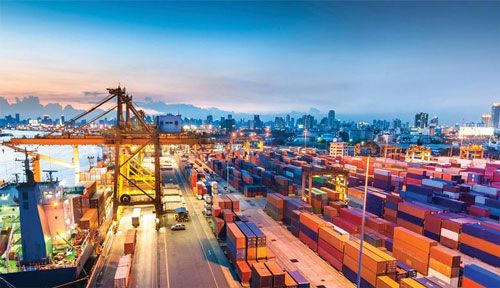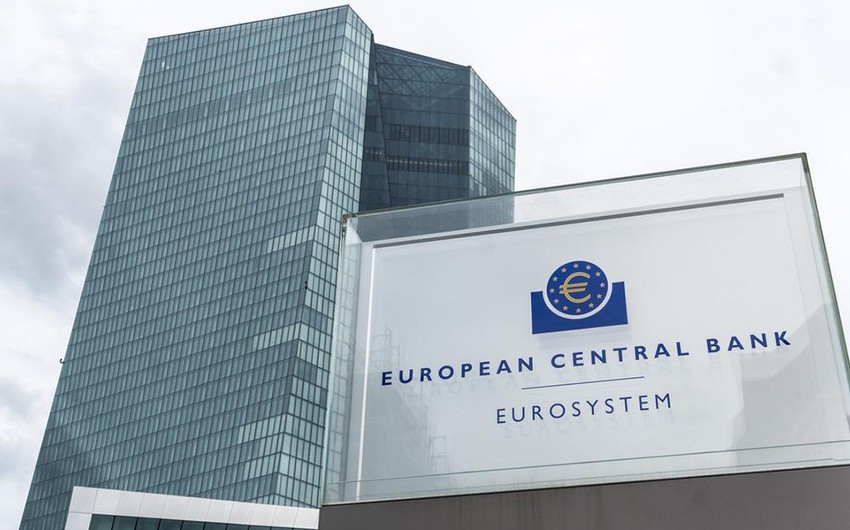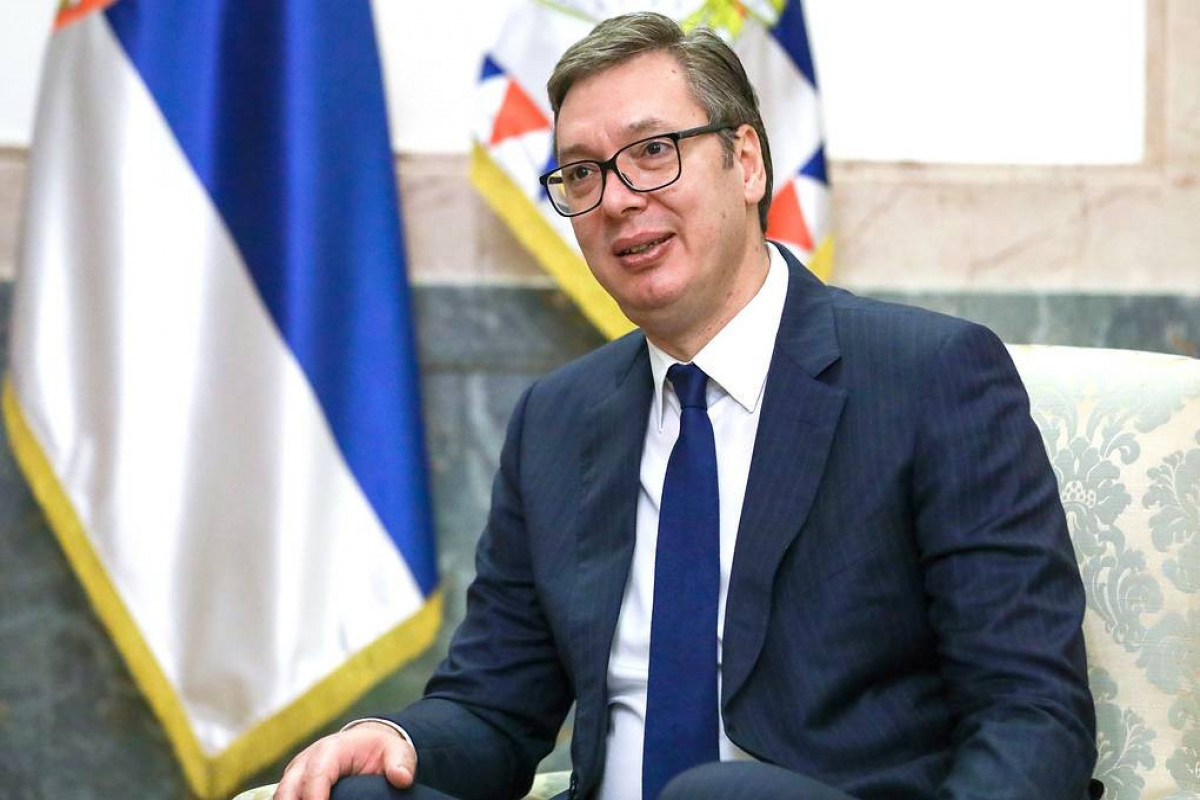Eurasia Diary presents an article titled "BRI & Blessings of Xiconomics" published in Pakistan Observer.
Article by Dr Mehmood Ul Hasan Khan, expert on regional and geopolitical studies.
THE Chinese Belt & Road Initiative (BRI) has become an economic equalizer and industrialization stimulator in the world. It has further enhanced chances of greater regional connectivity, infrastructural development, integrated transport system, economic corridors, immense industrialization and last but not the least eradication of poverty.
Whereas, Xiconomics summarizes the long-term guiding principles of the world’s second largest economy which derives from the numerous philosophies of the Chinese President Xi Jinping. His philosophies have further strengthened and expanded China’s positive, productive and participatory role in the world in which the project of the 21th century i.e. BRI played an important role. Moreover, reorient domestic development via Dual Circulation has also been tremendously contributory.
The Xiconomics, a new kind of international economy based on economic equality, shared prosperity, community development, greater regional connectivity, immense socio-economic integration and generation of new jobs in the world was merged. Thus the birth of BRI in 2013 was not out of the blue moon but logical stimulation of numerous national policies and programs of expansion of macro-economy.
Xi has reshaped China’s major economic decision-making institutions most notably the Central Economic and Financial Affairs Commission since becoming President which further streamlined, systemized and strengthened the real potential of macro-economy of China due to which it has become the champion of innovations and artificial intelligence technologies in the world.
Xi’s first term (2013-18) was confined to addressing domestic socio-economic problems and policy flaws which were accordingly rectified with the introduction of constant structural reform. Ultimately, Xiconomics revolutionized Chinese national economy by gearing up massive but sensible industrialization, infrastructural development, immense social development (more than 850 million people have been pulled out of extreme poverty), digitalization, greater regional connectivity, country-wide financial integration, banking stimulations and last but not the least, provision and protection of basic human rights which ultimately transformed the Chinese economy and institutionalized social modernization.
It has helped China claim around 18% of global GDP, and put it on track to overtaking the US as the world’s largest economy.
The BRI was first used and utilized to revive connections along ancient trade routes (Silk Routes) and tap non-Western markets before turning into an ambitious strategy to expand China’s positive role in more than 140 countries in Asia, Europe, Africa and South America.
Initially, the BRI was predicated on infrastructure connectivity but expanded to include trade and investment with the establishment of the Asian Infrastructure Investment Bank, Silk Road Fund and the New Development Bank.
According to the Ministry of Commerce (2021-2022) the non-financial outbound investment in 57 countries involved in the belt and road strategy rose by 14.1% year on year to US$20.3 billion in 2021, up from US$14.8 billion in 2015. During the last 40 years of opening-up, China’s GDP increased to 12 trillion US dollars from 175 billion, with an average annual economic growth of 9.5% and the size of China’s economy increased by 35 times. Moreover, China’s GDP per capita reached 8640 US dollars from 156 US dollars. The percentage of the China’ GDP in the world economy has increased from 1.8% to 18%. Hopefully, the development and completion of the BRI projects in more than 140 member countries will further foster its GDP and further enhance GNP, social development and poverty reduction.
Despite western propaganda, China has been a major stimulator and driving force for the world economy. With rapid economic growth, China has contributed over 30% of global growth in recent years and made significant contribution to mitigating the influence of Asian financial crisis and the global financial crisis. Interestingly, China is now the largest trading partner of more than 120 countries. China’s imports have increased 170 fold, reaching 1.85 trillion US dollars last year, supporting tens of millions of jobs worldwide. Chinese companies have actively invested abroad, which set up 372,000 businesses in 190 countries and different regions, with a total investment of 1.36 trillion US dollars. According to many published reports the BRI’s investment may reach US$5 trillion in the days to come.
According to Chinese official data from 2013 to 2017, trade between China and countries along the BRI exceeded US$5 trillion. Chinese investment in these countries topped US$70 billion. Chinese companies have paid US$2.2 billion in tax and fee to host countries and created more than 450,000 local jobs.
The Xiconomics introduced many structural reforms comprising establishing a negative list for foreign investment, fiscal reform, an initial public offering registration mechanism and financial opening, all of which fuelled enthusiasm that pro-market reforms would continue. In this regard, the “new normal” placed an emphasis on quality, rather than the pace of economic expansion, with Beijing focusing on a medium-growth stage. It downplayed GDP and concentrated on addressing problems like rising debt, rampant shadow banking and demographic challenges.
Policy-makers introduced supply-side structural adjustments, including tackling industrial overcapacity, regulation of the property market and deleveraging. Efforts were also made to shrink the size of shadow banking off balance sheet lending and defuse a variety of financial risks buried in local government financing vehicles, peer-to-peer lending platforms and problematic small banks.
The real estate sector was also reshaped and further regularized which afterward proved one of the main pillars of growth. Widespread speculations were snubbed and eradicated. Moreover, the Chinese State-owned enterprises (SOEs) have long been the backbone to China’s socialist market economy. But Xiconomics pledged to make them bigger and stronger. Its SOEs have become the backbone of the Chinese socialist system. Net assets of non-financial state firms increased up to 76 trillion RMB (US$11 trillion) in 2019 from 40.1 trillion RMB in 2015.
Dual circulation was also one of the main economic policies of the Xiconomics which highlighted both internal and external circulation, but marked a shift from China’s decades-old, export-oriented development model, setting a series of new goals for the next 15 years. The plan placed greater focus on the domestic market, or internal circulation, and is China’s strategic adaptation to an increasingly unstable and hostile outside world. In the future, there will be less reliance on export-driven growth, or external circulation, although it will not be abandoned altogether.
Under Xiconomics, China has been pursuing common prosperity which calls for fairer distribution of wealth as the main objective in its next stage of development. It resultantly lifted hundreds of millions of Chinese (850 millions) out of poverty and a vibrant middle class emerged. Consumption became a driver of growth, rather than capital-intensive investment which has been popular in previous decades. Subsequently, tax incentives were introduced and social security networks were institutionalized which increased personal earnings of the poor.
Small and medium-sized enterprises were also developed. Xi called for the protection of property rights, reiterating the country will continue developing both the private and foreign sectors, while keeping public ownership at the core of the Chinese economy.
The Xiconomics also blessed its macro-economy which succeeded in combating deadly COVID-19 became the first major economy to recover from the initial shock of the coronavirus.
To conclude, BRI is the “by-product” and “rebirth” of the Xiconomics which regulates the relationship between the “visible hand” of the government and the “invisible hand” of the market in the modern world of corporate governance.
The Xiconomics emphasizes the market’s decisive role in allocating resources; at the same time, it allows the government to perform its functions better. It has promoted the sound interaction between an efficient market and a capable government, offering inspiration to economies worldwide struggling to improve governance.
Its policy support has transformed China into the world’s most suitable country for innovative business investment and development. It succeeded to construct 21 Free Trade Zones (FTZS) and implemented the new Foreign Investment Law which successfully shortened the negative list for foreign investment and facilitated the entry into force of the Regional Comprehensive Economic Partnership thus China has laid out favourable policies to make its market more promising.
Xiconomics pushed forward supply-side structural reforms; carried out fiscal policy; introduced business & investment friendly taxation and financial reforms; enhanced property rights protection; and improved anti-monopoly regulations. Resultantly, the high quality development of socialist market economy was merged and the BRI became the jewel of the Xiconomics.





















